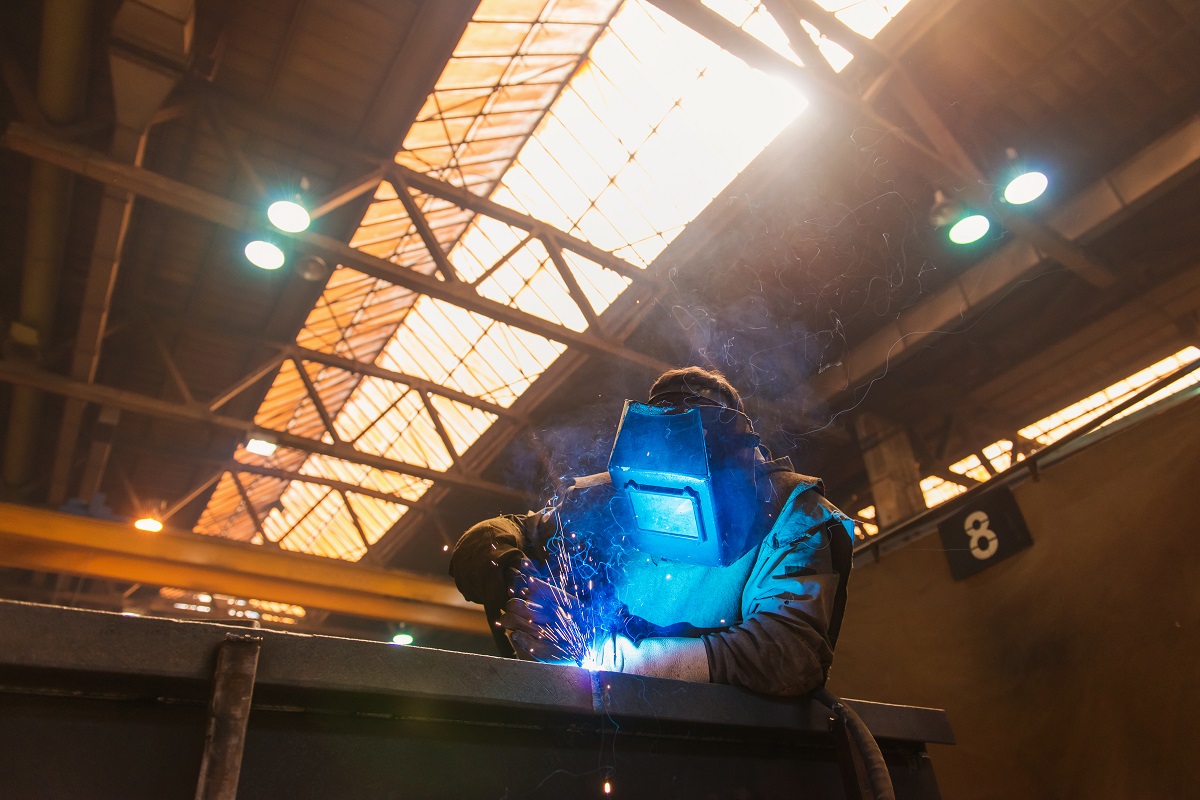Preventing Weld Undercut Demystified: Strategies for Success
Recognizing the Causes and Solutions for Undercut Welding in Metal Manufacture Processes
In the realm of metal manufacture processes, the occurrence of undercut welding presents a substantial obstacle that requires a detailed understanding of its reasons and practical remedies. The intricate interplay of different variables during welding procedures can result in this unfavorable sensation, influencing the structural integrity and total high quality of the welded joints - Preventing weld undercut. By dissecting the root causes of undercut welding and discovering reliable remedial measures, makers can boost the requirement of their workmanship and make sure the manufacturing of perfect steel elements
Usual Reasons For Undercut Welding
Frequently neglected in steel construction, undercut welding takes place due to numerous factors that require meticulous focus and competence to be properly alleviated. In addition, inappropriate welding strategies, such as making use of the incorrect welding angle or take a trip rate, can additionally add to damage development. The selection of welding criteria, such as voltage, existing, and cord feed rate, plays a substantial duty in the event of undercut welding.
Influence of Incorrect Welding Parameters
Imprecise welding criteria can dramatically endanger the stability and high quality of welded joints in metal fabrication processes. The impact of incorrect welding parameters shows up in numerous methods, causing structural weaknesses and issues in the bonded elements. One vital aspect affected by inappropriate welding specifications is the penetration depth of the weld. Not enough warm input because of low welding currents or exceedingly high travel speeds can cause insufficient fusion in between the base metals, leading to insufficient joint penetration and weakened bonds. Alternatively, extreme heat input created by high welding currents or sluggish travel rates can result in too much and burn-through reinforcement, developing a breakable and unstable weld framework. Additionally, wrong specifications such as inappropriate voltage settings or wrong electrode angles can add to erratic weld grain accounts, lack of blend, and boosted chances of flaws like damaging. Meticulous interest to welding criteria is critical to make sure the production of premium welds with the wanted mechanical homes and architectural honesty.
Result of Improper Lantern Angle
Incorrect torch angle in welding operations can significantly influence the high quality and stability of the final weld joints in steel manufacture processes. Undercutting is an usual welding flaw where a groove develops along the weld toe, compromising the joint and compromising its architectural stability.
A torch angle that is also high can result in insufficient infiltration, insufficient fusion, and increased spatter. On the various other hand, a lantern angle that is too superficial can lead to extreme penetration, burn-through, and distortion of the base product. Preventing weld undercut. Correct torch angle is important for ensuring regular weld high quality, strength, and look
To avoid undercutting and various other problems brought you can find out more on by incorrect torch angles, welders have to be trained to keep the proper torch angle throughout the welding procedure. Routine surveillance and modification of torch angles throughout welding can help accomplish sound welds with very little defects.
Function of Inadequate Welding Techniques

An additional facet of poor welding Visit Website strategies is incorrect weld preparation. Inadequate cleaning of the base metals, incorrect joint layout, or not enough side preparation can all add to undercut welding. Moreover, poor securing gas coverage or using the incorrect kind of gas can lead to incomplete fusion and the development of undercut flaws.
To resolve the function of inadequate welding methods in steel manufacture processes, it is important to provide extensive training for welders. Proper education and learning on welding specifications, joint preparation, and securing gas selection can aid stop undercut welding and guarantee high-quality welds in steel fabrication tasks.
Efficient Solutions for Undercut Welding
Resolving undercut welding in metal fabrication needs implementing efficient solutions to boost weld quality and architectural integrity. Among the primary options to combat undercut is to change welding parameters such as voltage, present, and take a trip speed to make sure proper warm input and blend. By fine-tuning these settings, welders can stop excessive melting of the base metal and filler product, decreasing the probability of undercut formation.
Furthermore, correct joint preparation is important in protecting against undercut. Guaranteeing tidy base steel surfaces complimentary of impurities and using the suitable bevel angle can aid advertise better weld penetration and minimize the threat of undercut - Preventing weld undercut. Employing appropriate welding methods, such as weaving click here for more or oscillating the lantern, can also help in dispersing warm uniformly and loading the weld joint properly, lessening the opportunity of undercut issues
In addition, selecting the appropriate welding consumables, including electrodes and filler metals, is vital in minimizing undercut. Making use of products with ideal chemical make-ups and mechanical homes can add to accomplishing sound welds with very little undercut. Routine evaluation and quality assurance procedures must likewise be carried out to find and attend to undercut problems immediately, making sure the general stability of fabricated metal parts.

Verdict
Finally, comprehending the causes and services for undercut welding in metal manufacture procedures is important for accomplishing top quality welds. By addressing common reasons such as inaccurate welding parameters, improper lantern angle, and insufficient welding techniques, welders can protect against damaging and guarantee strong, sturdy welds. It is necessary to take note of these aspects and carry out reliable services to enhance the overall welding procedure and final item high quality.
